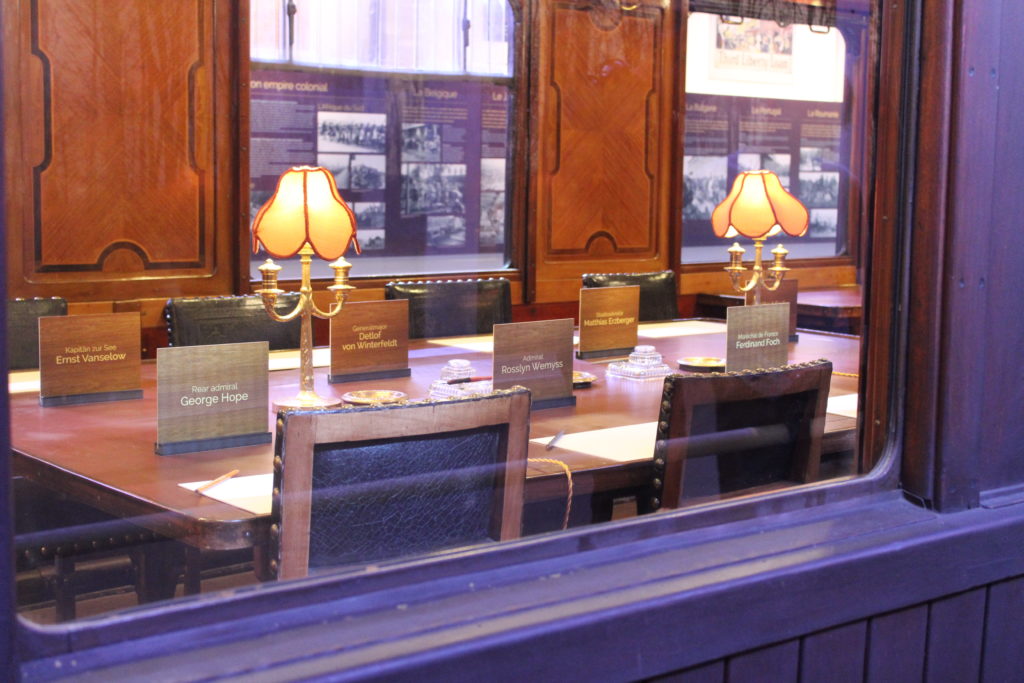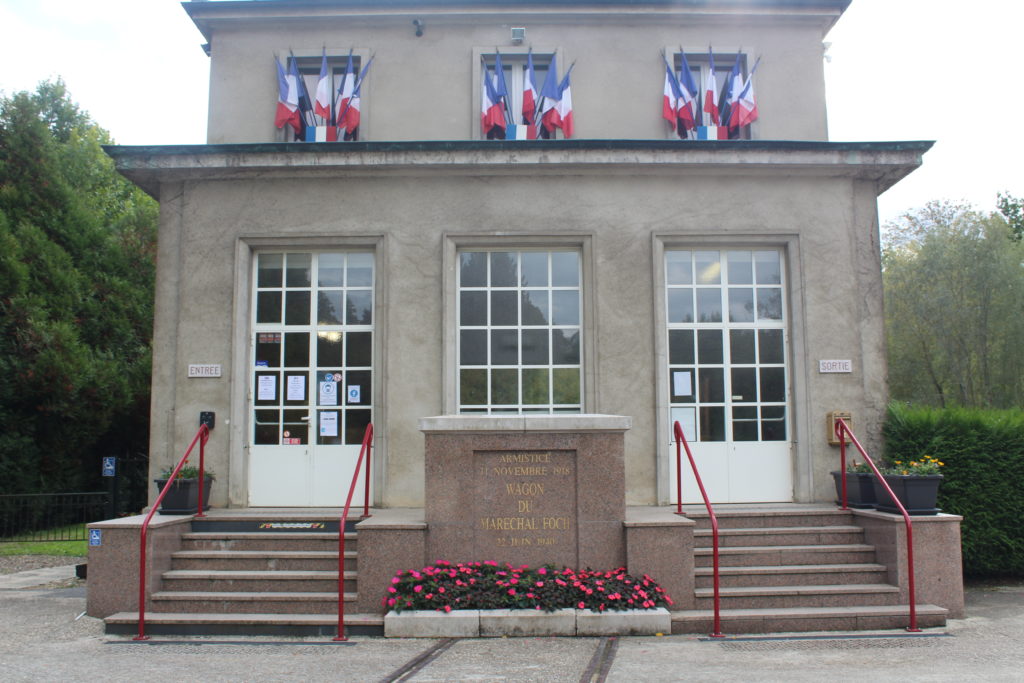For as long as I can remember, November 11th has been a day of solemn commemoration and reflection. In my home country, November 11th is called Remembrance Day. In my adopted country, it’s known as Armistice Day. But regardless of its name, November 11th is not just a holiday. It is a promise to never forget the mistakes of our past, and it is a vow to learn from those mistakes as we carve out a path for the future. And as we prepare to mark this year’s Armistice Day later this week, I hope that people will take both to heart. They are more important now than ever.
The Armistice that Ended the Great War
On the 11th hour of the 11th day of the 11th month of 1918, an armistice was signed that officially ended the fighting that had been ravaging Europe for the previous four years. It was a conflict the scale of which the world had never seen before. And for this reason, it was called The Great War. The War to End All Wars. And after four years of killing, destruction, and trauma, the fighting was finally halted with the stroke of a pen.
The Armistice Museum of Compiègne
The actual signing of the Armistice took place on board a train car in the middle of the Compiègne forest in northern France. The train car is still there today, along with a memorial and museum dedicated to the history of this momentous event. I recently paid a visit to this museum, and it is an incredible place purely from a historical perspective. Not only was the Armistice of 1918 signed on this location, but the capitulation of France in 1940 was also signed in the exact same location 22 years later. It was a deliberate move by Germany as a way of humiliating France in the early days of World War II.
Today, the train car is housed within the museum, and it is set up to replicate the conditions of November 11th, 1918, complete with placards to show where each of the main players sat. I walked the entire length of this train twice, and all the while, I kept marvelling at the sheer scope of history that this simple wagon car contained. The untold millions of lives that were affected by the documents that were signed on its tables.

A Hope For Peace
I suppose that is what I find the hardest to reconcile when it comes to the history of war. Up to 22 million people had to die before a group of men finally sat down around a table and wrote out the terms for the fighting to stop. That after four years of bloodshed, the most powerful weapon was ultimately a pen. It doesn’t make any sense to me. But then again, little about war makes sense to me.
Now, it has been over one hundred years since the signing of the Armistice in 1918, and once again there is a war raging in Europe. A war that was started by the whims of a mad man. A war that is taking an incalculable cost in the lives that are being ruined around the world. It is unfathomable to me that we are here again, but we are. Over a hundred years later and we still haven’t learned a damn thing.
That is why I will take my moment of silence this coming Friday with a heavy heart. But I will also remember my visit to the Armistice museum and take comfort in the fact that a pen is still our strongest weapon. I can only hope that one day soon, a pen will bring us peace once more.
Laura Moore is a professional storyteller who loves history and the many stories that make Paris one of the most fascinating cities in the world. Join one of her signature tours to learn the story of a city.




